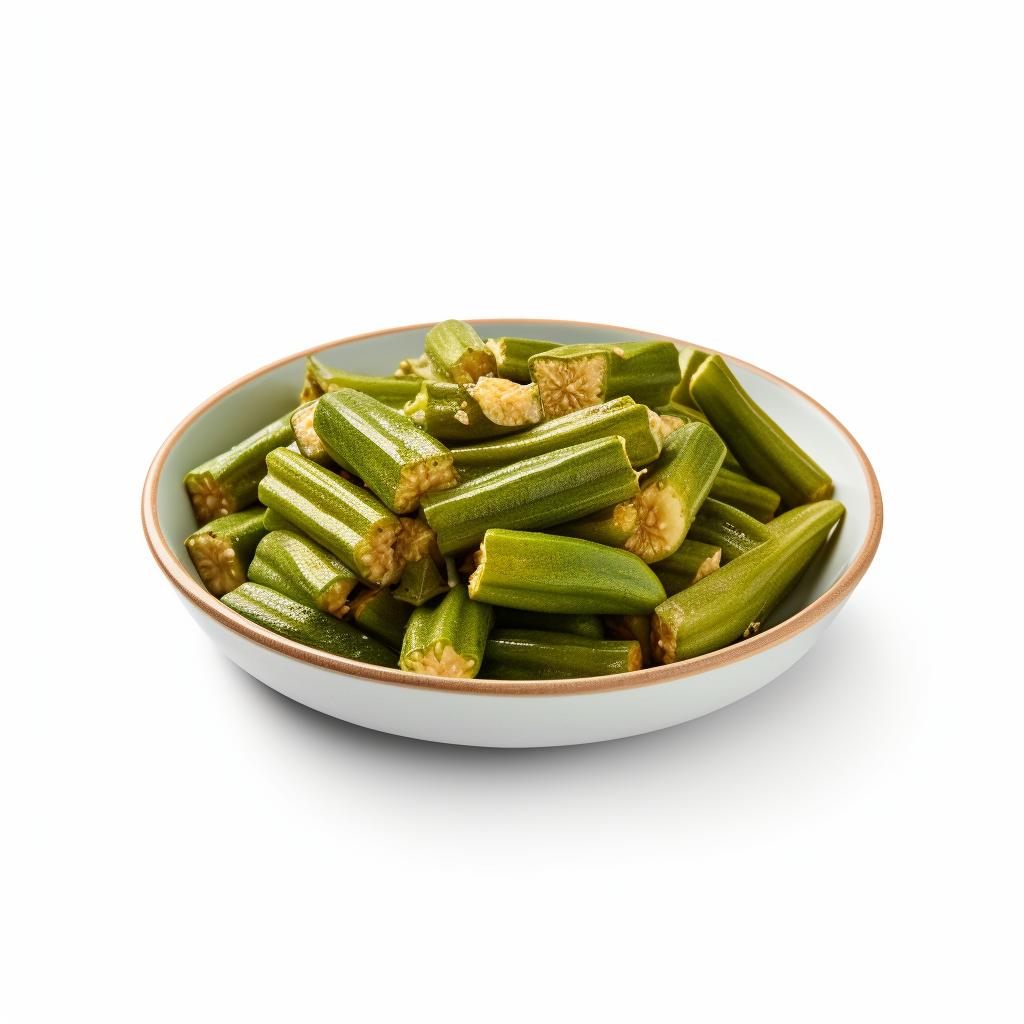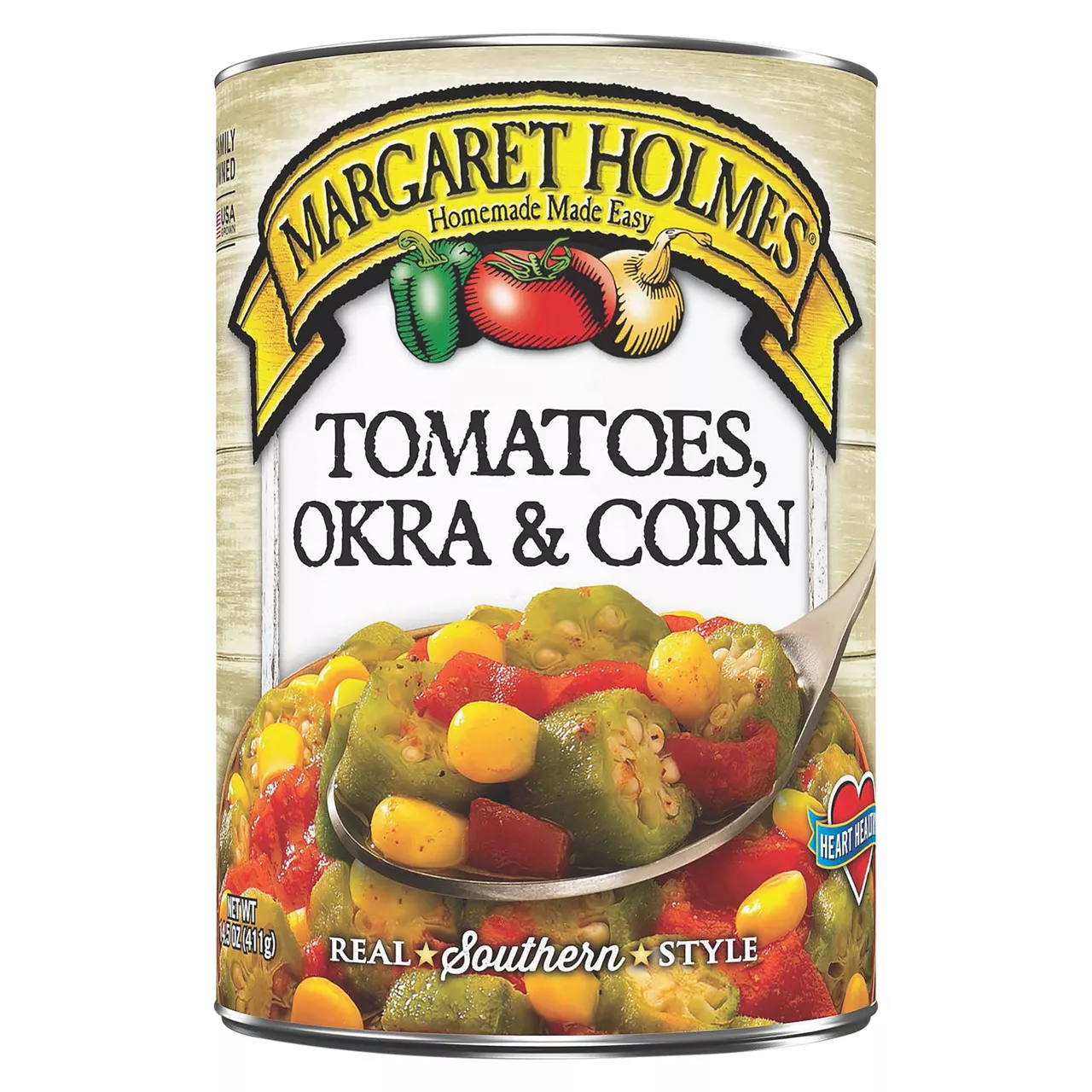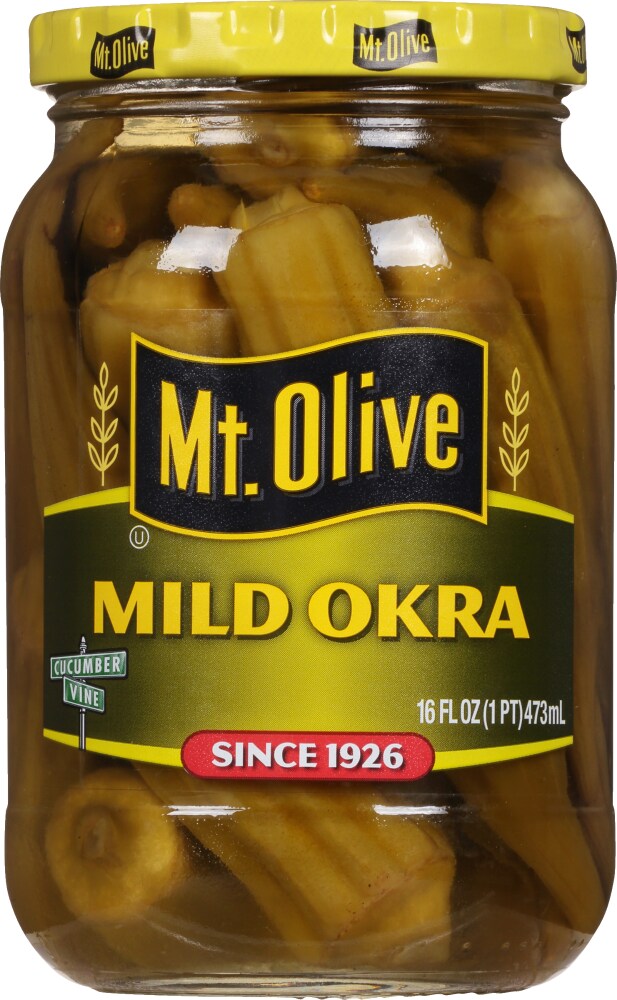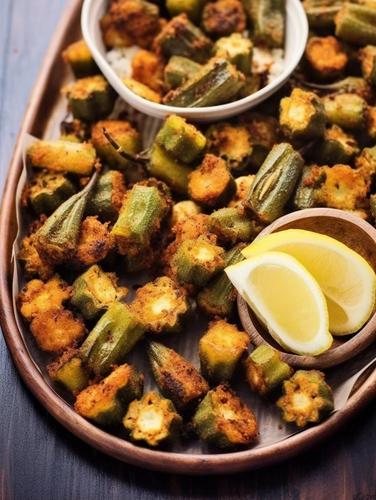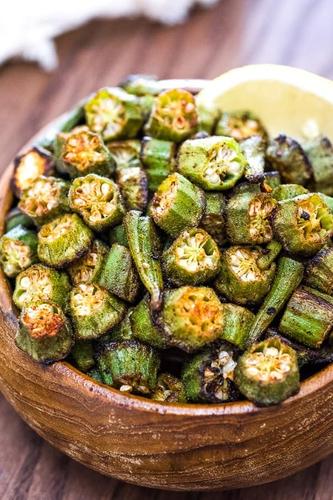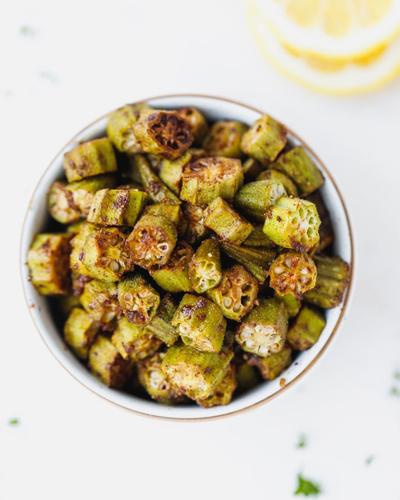Okra Dish
An Okra Dish is a wholesome meal prepared using okra, a versatile vegetable known for its unique texture and mild flavor. Okra can be roasted, pickled, stir-fried or stewed, and it is a staple in dishes from around the world - from American Southern classics to Middle Eastern and Asian cuisines.
The health benefits of this fiber-rich vegetable are aplenty and can be further enriched by pairing with various spices, tomatoes, corn, bell peppers or onions. From a simple sautéed okra side dish to a more complex gumbo or curry, an Okra Dish is truly a delightful treat to the palate.
71%
CARBS
12%
FAT
17%
PROTEIN
6 Okra Dish Products
7 Recipes for Okra Dish
Okra Dish FAQ
Okra dishes, while delicious and versatile, might seem intimidating to some due to okra's unique, slimy texture when it's cooked. This is caused by the release of a substance called mucilage which can be off-putting to some. However, with the right knowledge and techniques, okra can be an absolute delight to cook and consume. Typical issues with cooking okra include managing its slimy texture, deciding on the right cooking method (fried, stewed, grilled, etc.), seasoning it appropriately, and pairing it correctly with other ingredients for optimal taste.
Tips and tricks for overcoming these common issues include: frying or grilling to reduce sliminess, adding vinegar or lemon juice while cooking to cut down on the slime, pairing okra with acidic foods like tomatoes to counter the mucilage, and not overcooking the vegetable to maintain its flavor and texture.
Getting the most out of an okra dish involves incorporating it with other flavors that compliment its uniqueness. It's a fantastic thickening agent for stews and sauces and can be used to add depth to a variety of dishes.
Why does my okra feel slimy?
How should I cut my okra for cooking?
Do I need to peel okra before cooking?
Is it necessary to wash okra before cooking?
What can I pair with okra to make it taste better?
Can I eat okra raw?
How do I know when my okra is cooked?
Can I use frozen okra instead of fresh okra?
Is okra good for you?
My okra is turning dark, is it still good to eat?
Substitutes
Health Info
Macros
20g
CARBS
10g
FAT
4g
PROTEIN
Allowed on these diets
HIGH CALCIUM
VEGETARIAN
LACTOSE FREE
GLUTEN FREE
